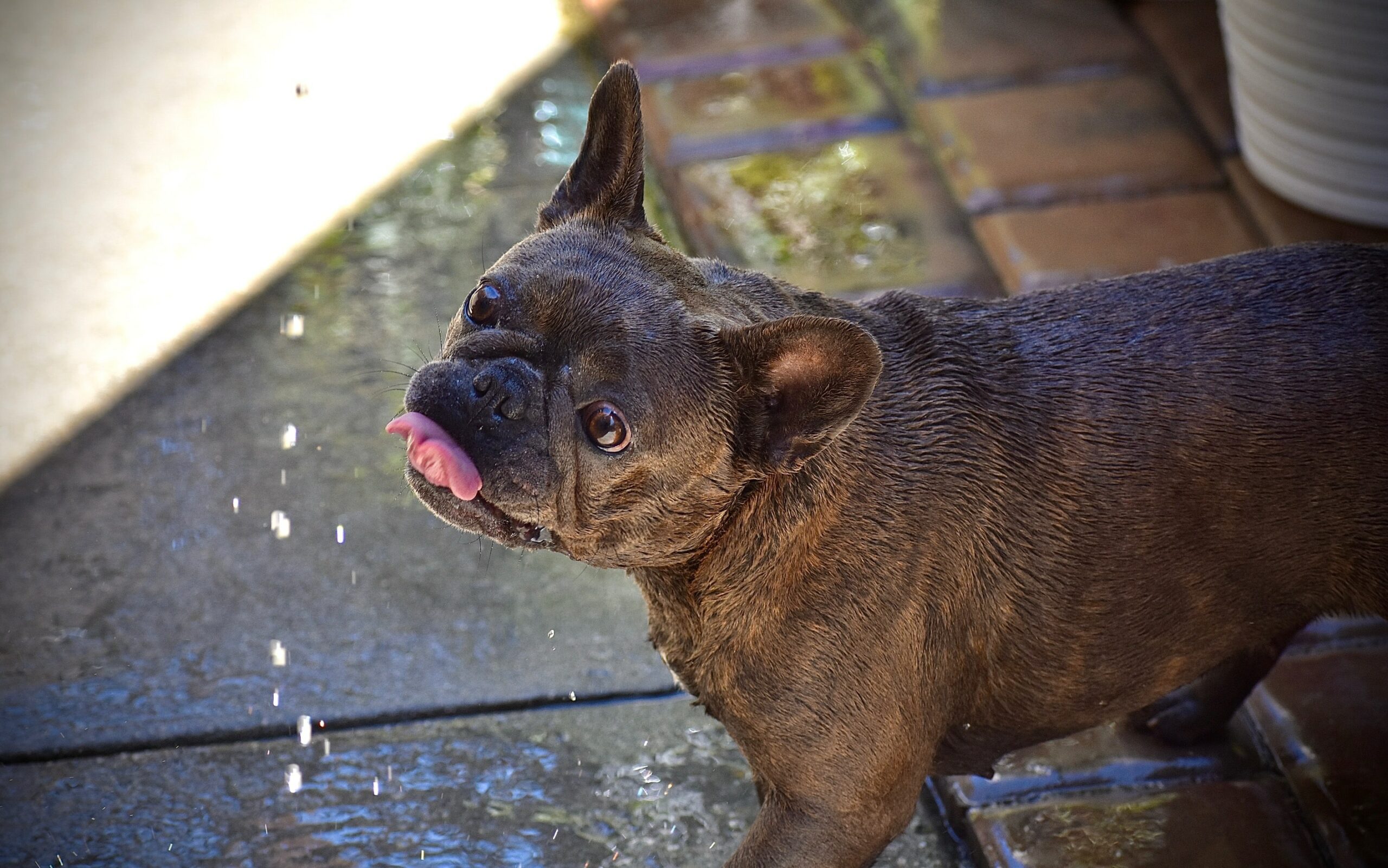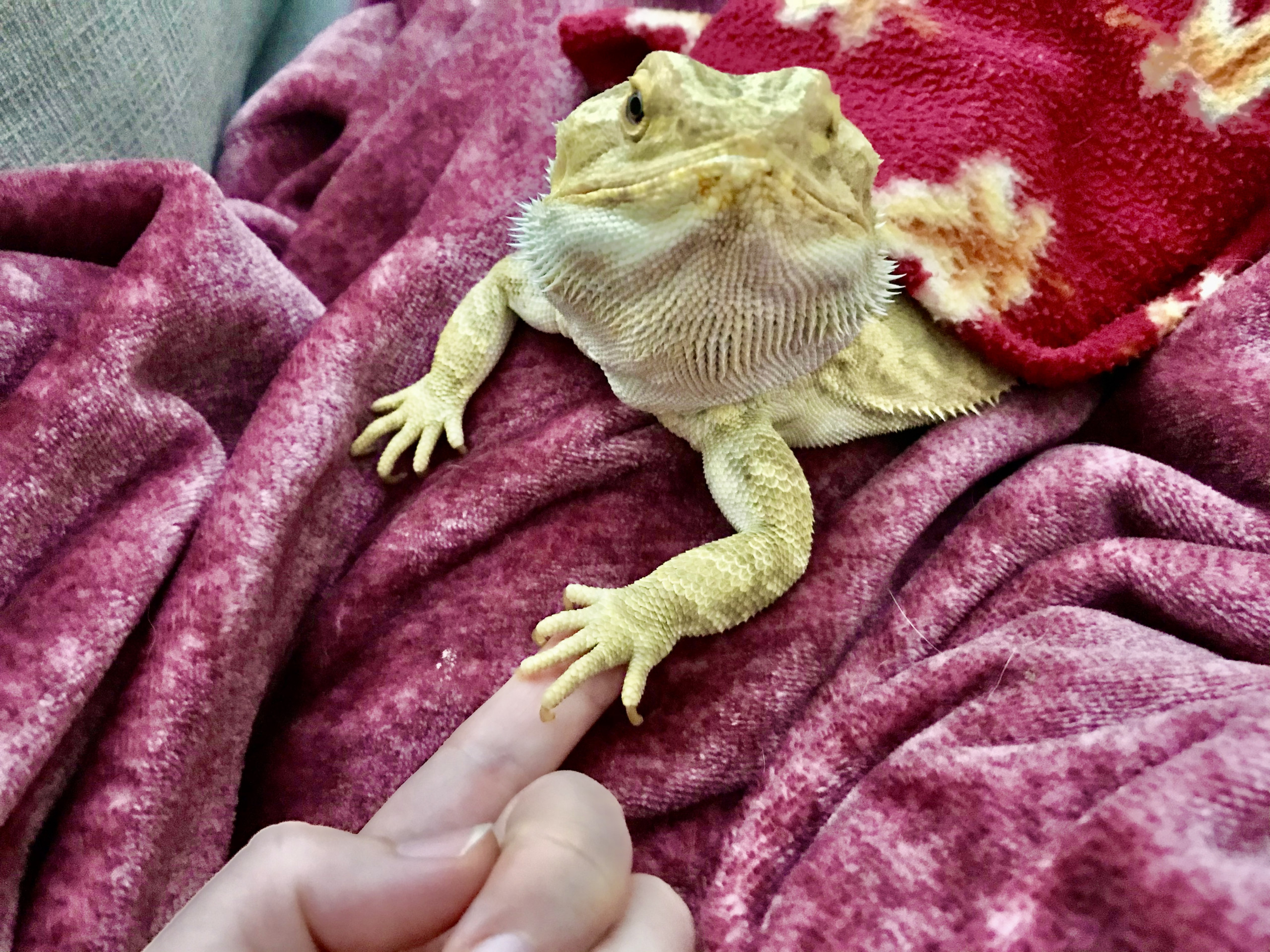Guest post courtesy of Isa Summers. The views and opinions expressed in this article are those of the guest author and do not necessarily represent the views of Val Heart & Heart Communication Enterprises Inc.
Accidents happen, even to the best-behaved pets.
You could be walking your well-trained dog on a leash, and it could get spooked by a car and dart into the street. Or, your cat could mistake a small toy for a treat. Either of those situation could result in pet emergencies.
These certainly aren’t the things you want to think about, but they happen. Insurance for pets like Spokk animal insurance can, of course, remove the financial sting when your best friend needs emergency vet care. But even with the most comprehensive insurance policy, it’s always better to prevent an accident or illness if possible. Here’s how:
1. Take your dog to obedience classes.
A well-behaved dog is a safe dog. Dogs that are properly trained are less likely to run off or get into fights with other animals. So, if you have a new puppy, enroll them in an obedience class. It is a great way to socialize your pup and get them used to other people and animals.
Cats, of course, may not be as easy to train as dogs. But there are certain things you can do to keep them safe, such as setting a semblance of a routine. Cats are creatures of habit, so if you can stick to a feeding and playtime schedule, your cat is less likely to escape in search of food or attention.
2. Keep Toxic Substances Out of Reach
This one is self-explanatory: if you wouldn’t want your pet to eat it, don’t leave it where they can reach it. That includes toxic substances like chocolate, cigarettes, and alcohol.
Certain plants can also be toxic to pets. Lilies, in particular, can cause kidney failure in cats. So if you have lilies in your home, make sure they’re out of reach of your feline friend.
Photo by vadim kaipov on Unsplash
3. Keep Your Home Clean
A clean home is a safe home—both for you and your pet. Dust, mold, and other allergens can trigger asthma attacks in humans and animals. If you suspect your pet has asthma, take them to the vet for a diagnosis and treatment plan.
Plus, a clean home is not only better for your pet’s health, but it’s also less likely to attract pests like fleas, ticks, and rodents. These pests can carry diseases that are dangerous for both of you.
4. Visit the Vet Regularly
This one is important for all pets, not just those with asthma. Your vet can help you catch health problems before they become serious—and expensive—to treat. They can also give you tailored advice on how to keep your pet healthy and safe.
5. Keep a Close Eye on Your Pet
Pay attention to changes in eating and drinking habits, bathroom habits, energy levels, and behavior. Any changes could be an early warning sign of a problem.
The same is true for dog park etiquette. Just because your dog is well-behaved doesn’t mean every dog at the park is. Pay attention to how your dog interacts with other dogs, and be ready to intervene if necessary.
6. Provide Shade & Proper Hydration
If you’re going to be outside for an extended period, give your pet access to shade and fresh water. Dogs especially are prone to heat stroke, so it’s important to keep an eye on them in warm weather.
Your cat, on the other hand, is more likely to suffer from dehydration since they don’t typically drink as much water as dogs. Make sure they have a clean bowl of fresh water available at all times.
Photo by Cristina Glebova on Unsplash
7. Never Leave Your Pet in the Car
This one is pretty simple: never, ever leave your pet in the car, even for a minute. Cars heat up quickly, even in mild weather, and your pet could be seriously injured or even killed by the heat.
Prioritize Safety & Security at All Times
Keeping your pet safe and secure should be your number one priority. That means knowing what potential dangers there are and taking steps to prevent them. By following the tips above, you can help prevent accidents and emergencies. And if an emergency does happen, you’ll be prepared to handle it.
But the most important thing in preventing pet emergencies is to just use common sense—if something doesn’t feel right, don’t do it. Your pet will thank you for it.
An ounce of prevention goes a long way, but learning how to communicate with your your pet makes all the difference in the world!
Knowing how to communicate with your pet about things that can harm them makes a huge difference.
After all, you cannot prevent everything bad from happening to them, just like you cannot wrap them in bubble wrap and keep them in a jar!
Anything can happen at any time.
The best way to keep your pet safe is to teach them what they don’t know. You can do that by communicating, learning to speak their language, and having heart to heart, mind to mind conversations.
Prepare them properly for what bad things could happen by talking to them. Discuss how to recognize and avoid harmful toxic substances and dangerous situations.
Explain the consequences of making poor decisions for themselves.
Tell them about the things you know that they don’t understand yet.
Discuss what could happen in worst case scenarios, answer their questions and concerns in a way that makes sense to them.
It’s easier than you think, and anyone can learn how to communicate with animals.
Discover how to communicate with your pet HERE!
Start with our free ebook: Hidden Secrets to Communicating with Pets.
And start talking with your pet today!
.
Did you enjoy this article on preventing pet emergencies? Here are more of our most popular posts you may like:
Holistic Vet Shares Vital Pet Care Advice, Dr. Mark Newkirk on the Real Dr Doolittle Show™
Vet Care Crisis – Dr. Arthur Young on The Real Dr. Doolittle Show™
New Dental Tips for Your Cat and Dog for Strong Teeth




















Leave a Reply